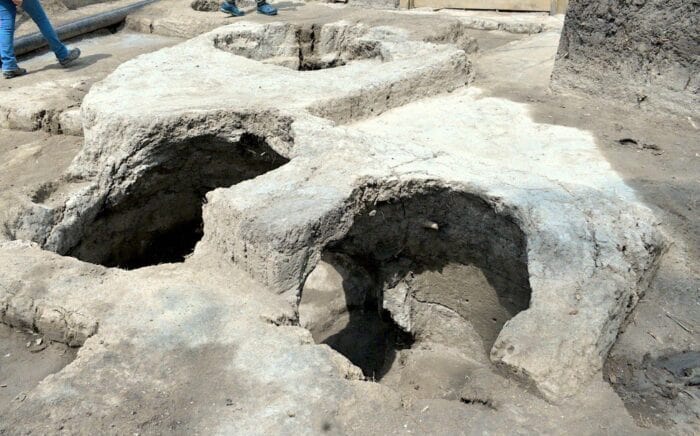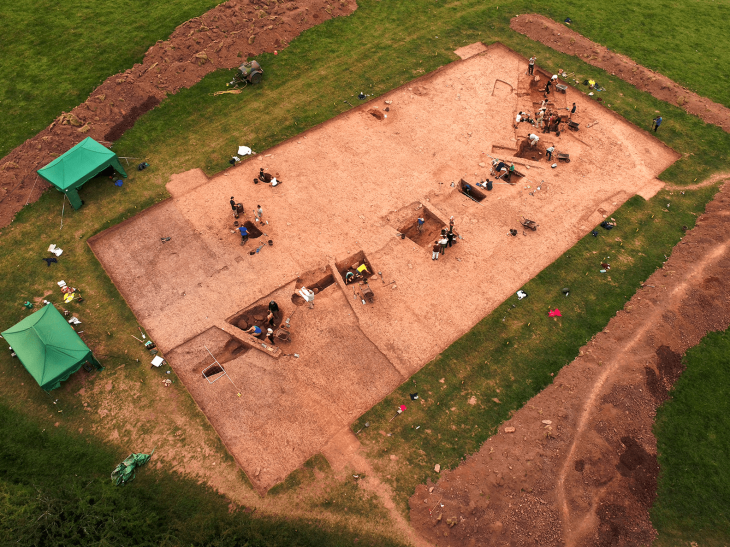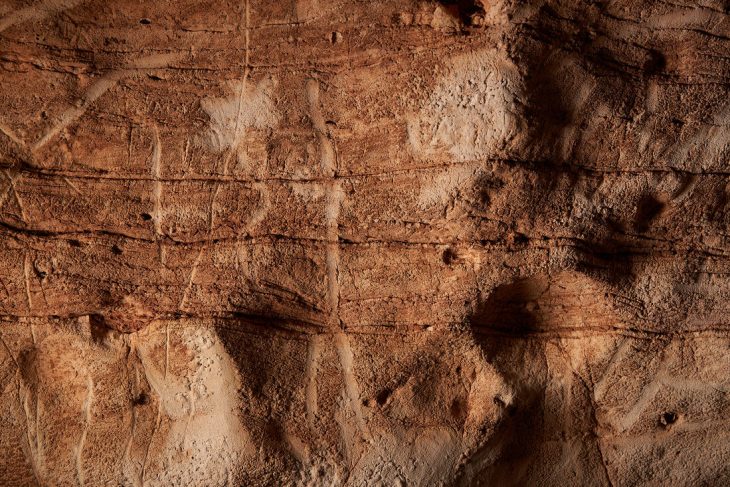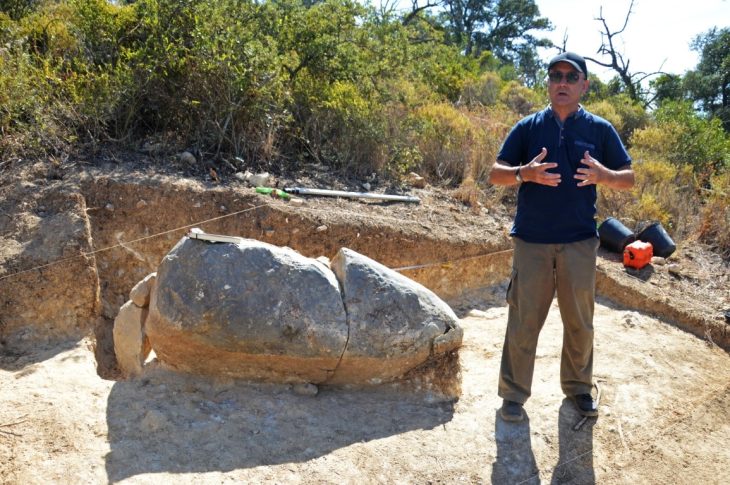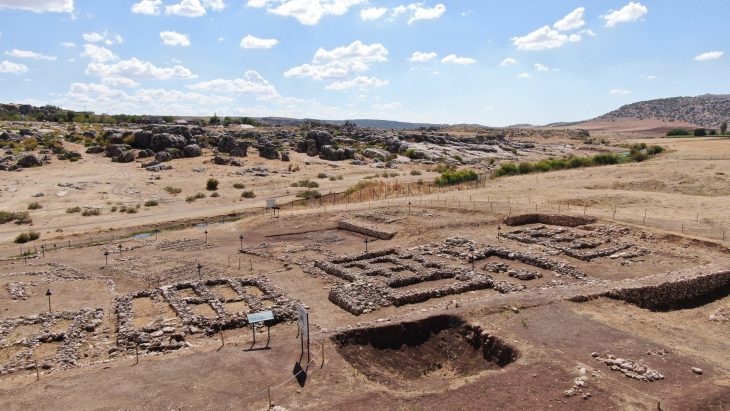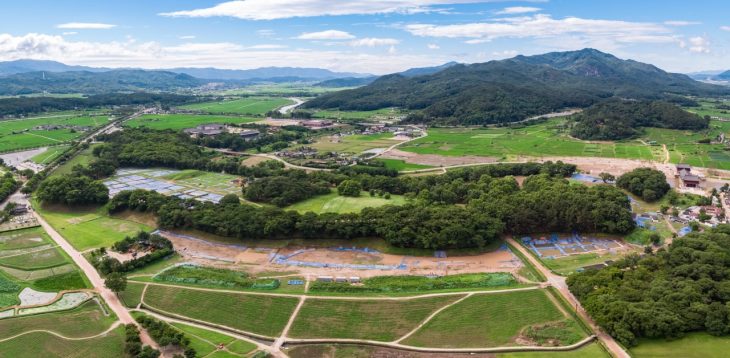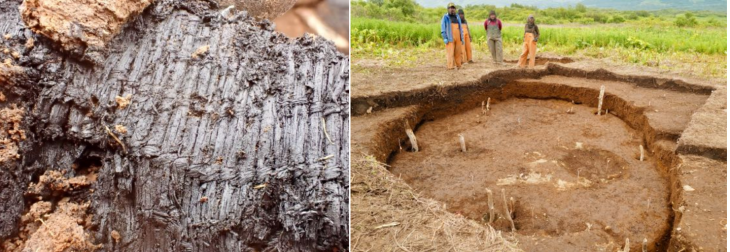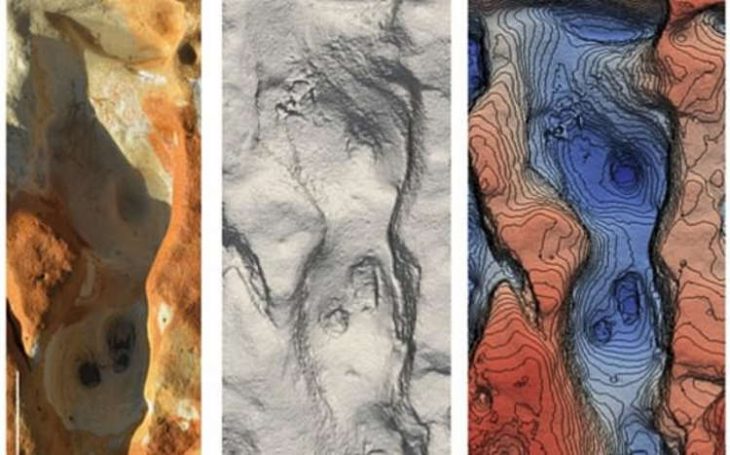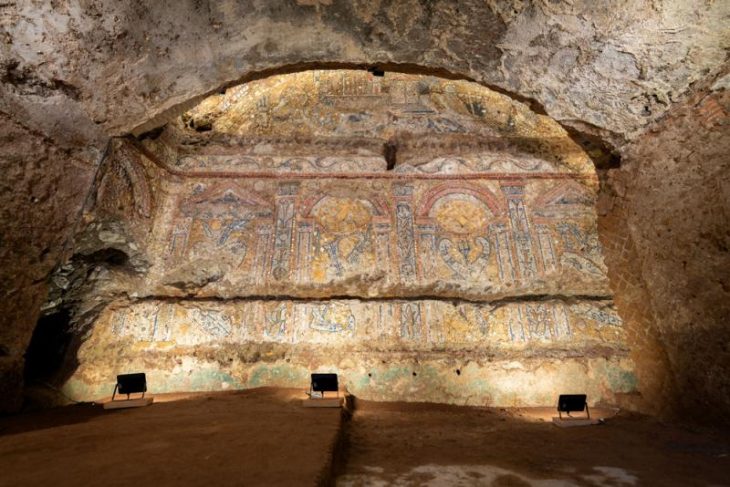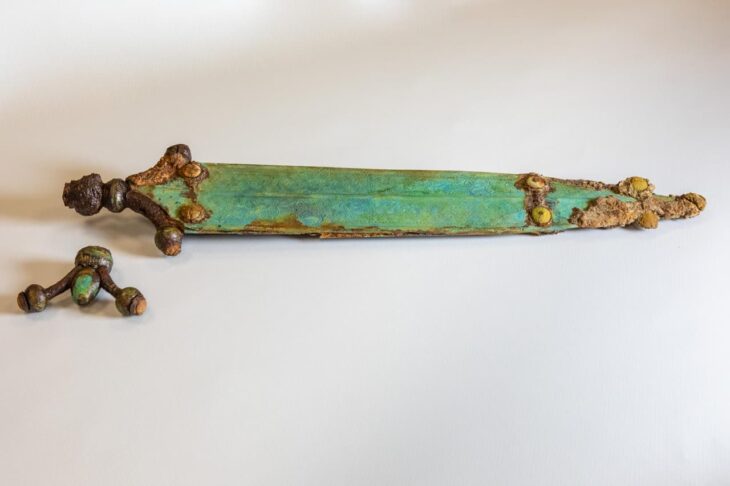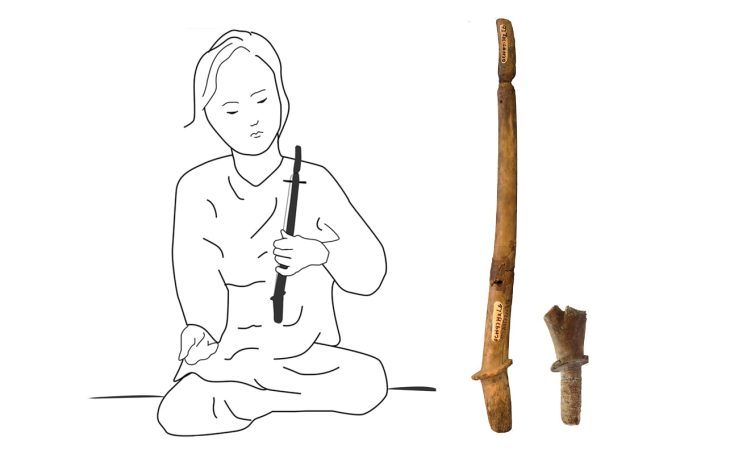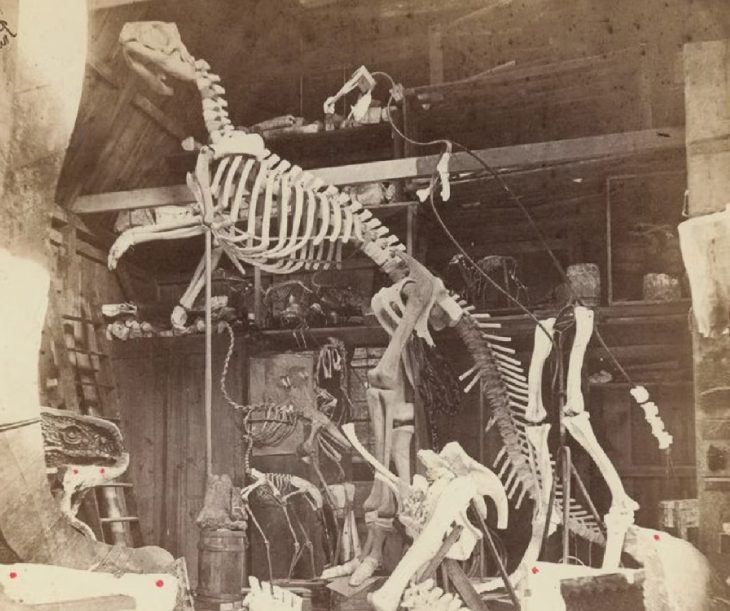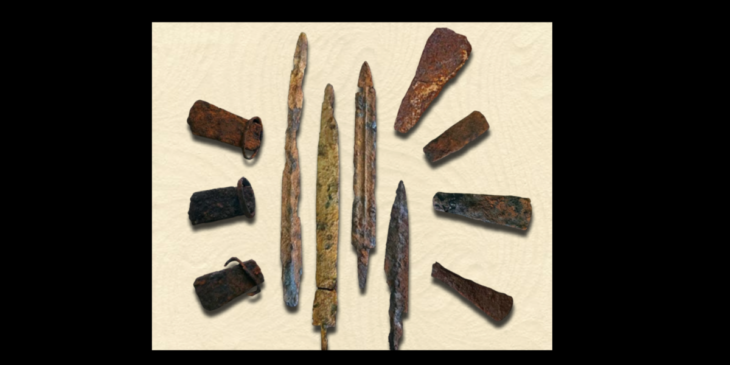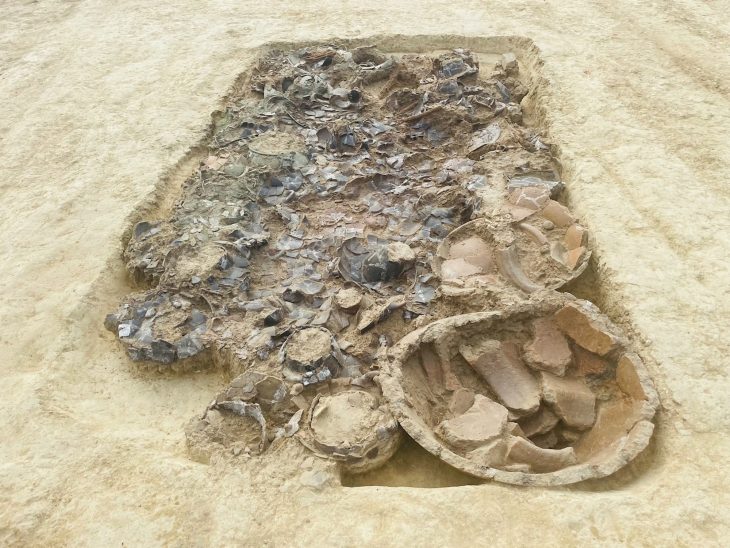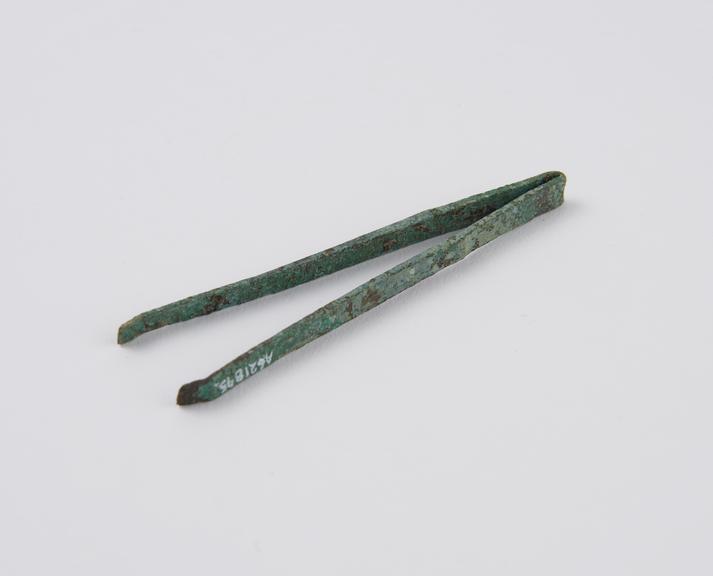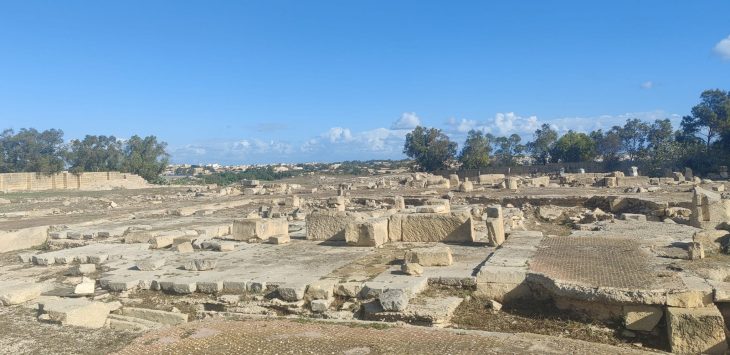Archaeologists from the National Institute of Anthropology and History (INAH) unearthed 10 truncated conical tombs, approximately 3,000 years old, at the edge of the third section of the Chapultepec Forest.
The discovery, according to the archaeological excavations’ coordinator, María de Lourdes López Camacho, refers to a large village that must have existed in this area of the Lomas de Chapultepec, at the edge of the forest, during the Early and Middle Preclassic periods (2500-400 BC).
“For us to imagine, this community I was living here before the Xitle volcano erupted and the formation of the Pedregal de Coyoacán. And this subsoil was preserved intact for more than 3,000 years. That’s what’s fantastic! ” María de Lourdes López Camacho says.
During the Classic Period, the Teotihuacan culture inhabited the region, with later evidence of the Tepanecas of Azcapotzalco and the Mexica (Aztecs).
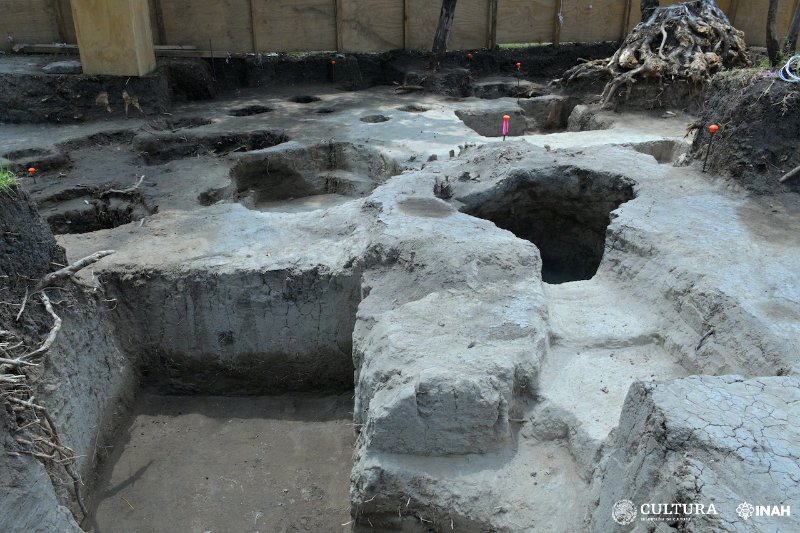
This tombs is located on a promontory, at the height of Cri-Cri Park, where a Cablebús station was built, and it is more than the first time that The funerary architecture of the first agricultural villages is located in the territory currently occupied west of Mexico City, and at such a high altitude: 2,416 meters above sea level.
The diameters of the graves vary between one and two meters and the maximum height is 1.50 meters. In total, a dozen truncated conical tombs have been recorded, defined by their inverted cone shape truncated at a point, so they are also known as bottle or bell tombs. Five of the tombs contained deposits of human remains, four of which are female and one is male, all of which are positioned in a flexed form.
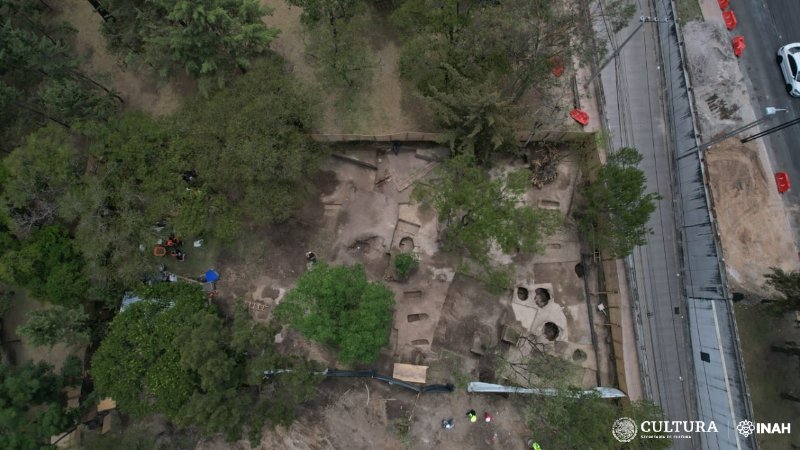
“This is a particular funerary architecture. Examples of these tombs can be found elsewhere in ancient Mexico., such as the Gulf coast and the west, is also located in the current states of Mexico and Morelos, and there are records in the south, north and east of the Basin of Mexico. We had to look for them in the western part, now they are there,” explained archaeologist López Camacho.
Preliminarily, the truncated conical tombs are from the Middle Preclassic period (1200-400 BC), but they are close to the Early Preclassic period (2500-1200 BC) based on the characteristics of the associated materials.
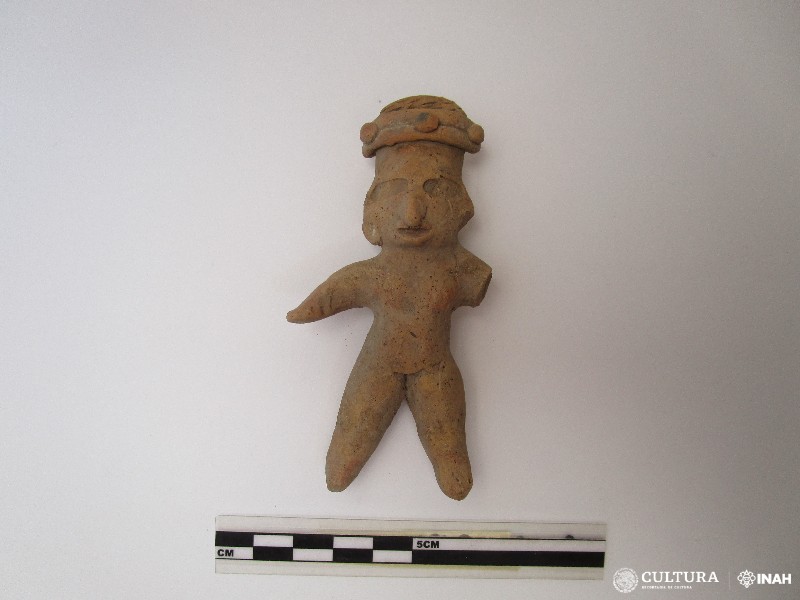
At a higher level, the archaeological rescue team discovered three burials in rectangular cists arranged in an east-west axis. This suggests that the aforementioned village lasted long after the Preclassic period.
Excavations also discovered funerary offerings consisting of deer antlers worked as tools, a concave-convex cup, a fragment of a slate disc, punches, a concave cup, female figurines, effigy vessels, and figurines in schematic parts that archaeologists call “ghosts”.
Cover Photo: INAH

